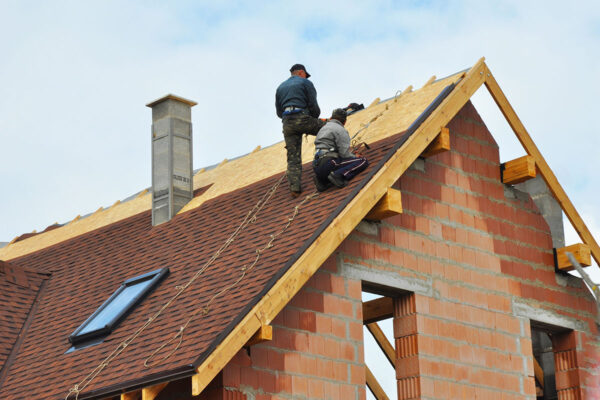
Professional Roofers
As a homeowner, you shouldn’t let your roof problems reach an extent where major roof repairs are imperative. However, certain circumstances may not always be avoidable; A Roofer Company from New Braunfels TX describes many critical elements when it comes to dealing with your roof.
Solar Roofing
You’re no doubt familiar with solar panels, but you might not realize how far solar roofing technology has come in recent years. Gone are the days of bulky, expensive solar panels as new technologies like seamless solar shingles hit the market. Keep up with the latest advancements in solar roofs and learn how this exciting frontier in roofing can help you save money and reduce your carbon footprint!
Storm Damage
Big storms can happen at any place at anytime, and repairing the damage it can cause is not always an easy task. Whether your in San Marcos, New Braunfels, Kyle or Buda TX, repairing storm damage is always vital as Texas storms can be very unpredictable.
Home Maintenance
Performing routine maintenance on your home is a crucial step in maintaining your home’s value and its structural integrity. Divided Sky, a South Texas roofing company, details the importance of structural and exterior upkeep that ensures your home will endure throughout the years.



























